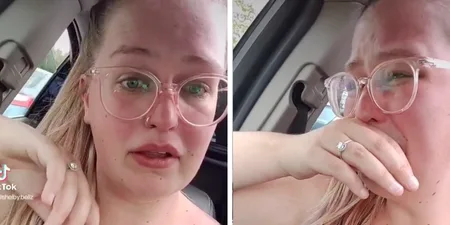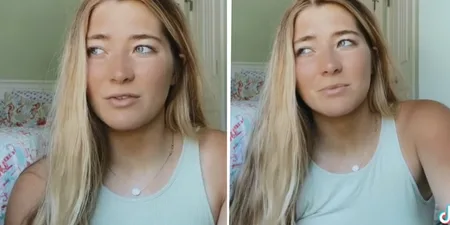In October, a baby girl called Molly Gibson was born in the US – but her story did not start there.
Because Molly’s embryo was actually frozen a whopping 27 years ago – way back in October 1992. And it stayed frozen until February 2020, when a couple from Tennessee adopted it.
Tina and Ben Gibson of Tennessee are now Molly’s parents, and Molly is believed to have set a new record for the longest-frozen embryo to have resulted in a birth, breaking a record set by her older sister, Emma.
“We’re over the moon,” Ms Gibson explained to the BBC. “I still get choked up.”
“If you would have asked me five years ago if I would have not just one girl, but two, I would have said you were crazy,” she said.
Gibson explains that she and her husband had struggled with infertility for nearly five years before her parents had come across a story about embryo adoption on a local news station.
“That’s the only reason that we share our story. If my parents hadn’t seen this on the news then we wouldn’t be here,” Ms Gibson, 29, said. “I feel like it should come full-circle.”
Upon learning that embryo adoption was even an option, the couple connected with the National Embryo Donation Center (NEDC), a Christian non-profit in Knoxville that stores frozen embryos that in vitro fertilisation patients decided not to use and chose to donate instead.
Families like the Gibsons can then adopt one of the unused embryos and give birth to a child that is not genetically related to them. There are an estimated one million frozen human embryos stored in the US right now, according to the NEDC.
Speaking about the unique case, Mark Mellinger, the NEDC’s marketing and development director, explains that experience with infertility is common among families who seek embryo donations.
“I’d say probably 95 percent have encountered some sort of infertility”, he said. “We feel honoured and privileged to do this work”, and help these couples grow their families.
Founded 17 years ago, the NEDC has facilitated more than 1,000 embryo adoptions and births, and now conducts around 200 transfers each year. Similar to a traditional adoption process, couples can decide if they would like a “closed” embryo adoption or an “open” one – allowing for some form of contact with the donor family.
After their first embryo adoption, Ms Gibson gave birth to Emma in 2017.
The Gibson’s children, Molly and Emma, are genetic siblings. Both embryos were donated and frozen together in 1992. At the time her babies were frozen as embryos, their mum, Tina Gibson, was just one year old.
RELATED ARTICLES




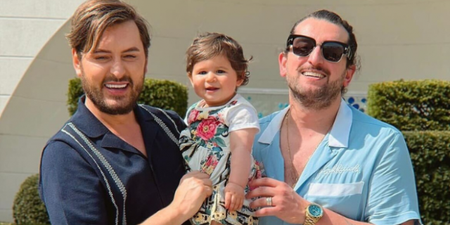
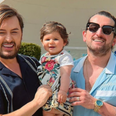
MORE FROM HER
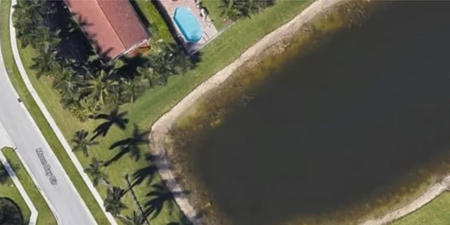







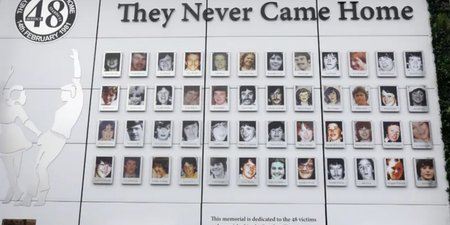





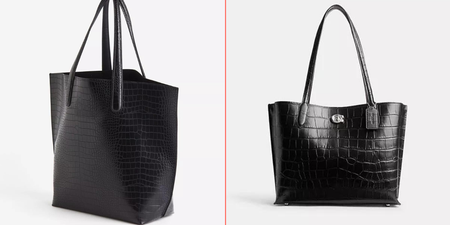
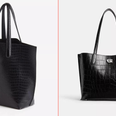








MORE FROM HER




